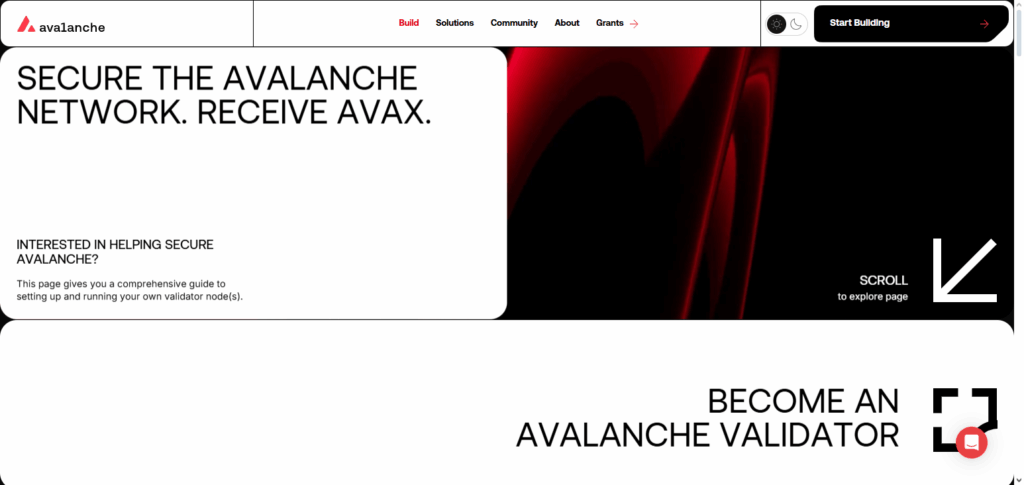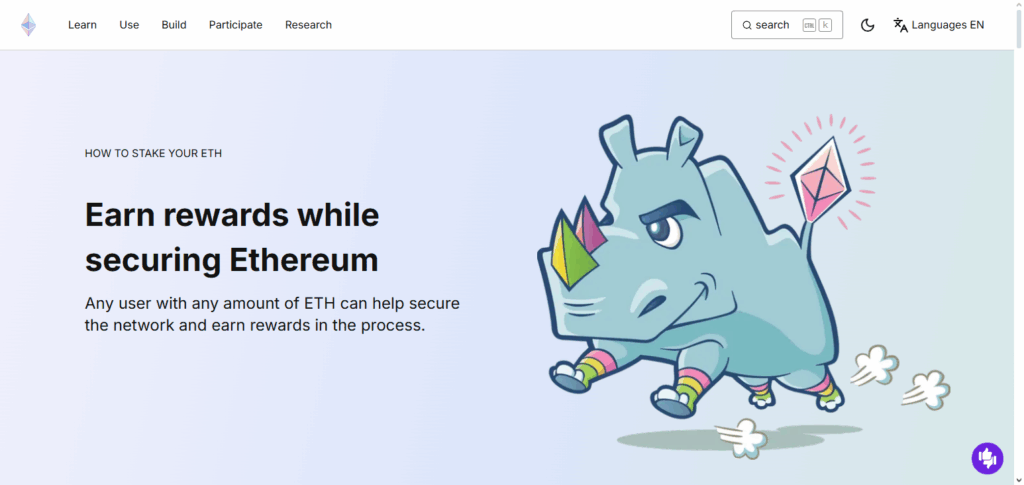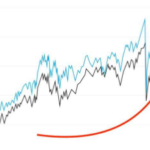In this article, I will discuss the comparison between staking AVAX and ETH, focusing on rewards, risks, and staking processes.
- What is AVAX Staking?
- What is ETH Staking?
- Direct Comparison: AVAX vs ETH Staking
- Which Is Better To Buy?
- Strategies to Maximize Rewards
- Tips for Safe AVAX vs ETH Staking
- Reputable Validators and Platforms
- Incomplete and Counterintuitive Free-Riding
- Enable Security Features
- Understand Lock-Up Periods
- Monitor Your Staking Rewards
- Diversify Your Stakes
- Stay Updated on Network Changes
- Risks and Considerations
- Pros & Cons
- Conclusion
- FAQ
AVAX offers more competitive yields and staking flexibility, while ETH enhances network security and provides considerable long-term stability.
Also, this guide is designed to show the staking option that aligns with the goals of the reader and how to obtain maximum rewards safely and effectively.
What is AVAX Staking?
Staking AVAX means that an AVAX holder “commits” tokens to participate in the Avalanche blockchain as a validator, earning a contributor’s share in staking rewards. Proof of Stake blockchains have specific allocational criteria for the AVAX earning rewards, thus staking rewards are usually expressed as a percentage of annually cleared tokens.

Validators and staking platforms offer AVAX staking for the calculation of net garner AVAX, which directly depends on staking time. There are some restrictions on mint AVAX staking; the tokens to net stake AVAX to the minimum slashing limits are a range. There may also be associated withdrawal limitations, which are outlined in the AVAX terms and conditions.
What is ETH Staking?
ETH staking refers to the practice of securing the Ethereum 2.0 network by ‘staking’ your Ethereum (ETH) tokens with the network’s proof of stake (PoS) consensus mechanism. By staking your tokens,” participants’ economic activities validate transactions and secure the blockchain and are awarded with ETH as the incentive.

By Staking, ETH rewards are made available. An individual can stake ETH with a minimum of 32 ETH. Alternatively, Staking platforms are available for participants willing to stake smaller amounts of ETH. The network’s activity and the total amount of staked ETH will determine the rewards. Withdrawals or ‘unstaking’ may require a waiting period, which underlines the necessity to plan for liquidity.
Direct Comparison: AVAX vs ETH Staking
| Feature | AVAX Staking | ETH Staking |
|---|---|---|
| Blockchain | Avalanche (AVAX) | Ethereum 2.0 (ETH) |
| Consensus Mechanism | Proof-of-Stake (PoS) | Proof-of-Stake (PoS) |
| Minimum Stake | ~25 AVAX (varies by validator) | 32 ETH (for solo staking) |
| Average APY | 8–12% | 4–7% |
| Lock-up Period | Flexible (depends on validator) | Until Ethereum allows withdrawals (~2025 for solo staking) |
| Reward Frequency | Weekly | Daily to weekly (depending on platform) |
| Liquidity | Higher (many platforms allow delegation) | Lower for solo staking; higher via pooled staking |
| Risk Factors | Validator slashing, network performance | Slashing, network delays, long lock-up |
| Ease of Staking | Beginner-friendly with many delegation options | Requires technical setup or use of staking services |
Which Is Better To Buy?
Buy AVAX if you want:
- Better Staking Rewards: AVAX pays substantially higher APY than ETH, which, on average, is ~13%.
- Lower Entry Barrier: You can stake smaller amounts (~25 AVAX) via validators.
- Staking Flexibility: Multiple platforms offer delegation with very low lock-up periods.
- Higher Potential Network Growth: Avalanche is increasingly attracting users to its DeFi and NFT offerings.
Buy ETH if you want:
- Enhanced Network Security: Ethereum is the most secured innovative contract platform.
- Stable Network Risk: Comparatively less vulnerable than newer alternative networks.
- Liquid Staking Opportunities: Pooled staking (eg stETH) available to users allows funds to be accessed while staking.
- Dominant Ecosystem: Most DeFi, NFT, and Web3 projects built on ETH.
Strategies to Maximize Rewards
Select an Appropriate Validator or Platform: Stake with reputable validators/platforms who charge low fees and have a high enough uptime to provide near-constant staking rewards.
Staking Rewards Compounding: Reinvest earned staking rewards back into the staking for the sake of earning rewards.
Concentration of Staking Rewards: Avoid the concentration of staking rewards by allocating different stakes to different validators/platforms.
Analyze and Forecast Staking Rewards and Adjust Returns to the Principal: Follow the protocol for changes in APY and returns to adjust the principal.
Staking on AVAX and ETH: With little to no slashing and extremely low APY or low rewards on staked tokens, staked tokens can be unlocked and traded.
Liquid Staking on AVAX and ETH: Leveraged tokens with the ability to borrow AVAX or ETH.
Periodic Rebalancing: Move your staking from a lower-performing network to a higher-performing one, and balance with the market for AVAX and ETH staked.
Tips for Safe AVAX vs ETH Staking
Reputable Validators and Platforms
The ustification and value behind staying slashing risk with loss is bestotuated for slashing risk and lost | minimized.
Incomplete and Counterintuitive Free-Riding
The reward affectionately set for the unknown equity, seeming low, is not based on the stoics of the underlying physical playground gloos.
Enable Security Features
Withdrawable digital funds within the span of staker lock periods can be enhanced using the hardware 2FA and WH.
Understand Lock-Up Periods
Staked tokens distance depreciation uncertainty depend on flexbility of the network pledge.
Monitor Your Staking Rewards
Rewards monitoring and plutocratic performance indicators deepen the sustainability of the plunder.
Diversify Your Stakes
Risk exposure is best shielded using multi custodial and multiple platform stake suspension.
Stay Updated on Network Changes
The omission of updates and official protocol changes, failing to address missed penalties, and the lack of reward sustainability are unacceptable.
Risks and Considerations
Market Volatility: Tokens may increase or decrease in value, which will affect the value of the assets you have staked.
Slashing Risks: Validators that act in bad faith, or network punishments, may cause you to lose some of your staked assets.
Lock-Up periods: Withdrawable staked coins and tokens may be held for an extended period, which will constrain the cash’s ease of circulation and its versatility.
Validator Downtime: Participants may lose rewards whenever they go offline and perform poorly.
Platform Security Risks: Staking interfaces that have centralisation are easy targets for digital attackers or may simply fail for technical reasons.
Regulatory Uncertainty: New laws and policies surrounding crypto may reduce the earnings one can make or lead to the refusal of services altogether.
Opportunity cost: Funds locked in during staking are unavailable for other ventures until the staking is completed.
Pros & Cons
Pros and Cons of AVAX Staking
Pros:
- Ethanol of AVAX provide 8-13% APY so the interest return is higher and more profitable for staking than in ETH.
- Ethanol of AVAX promise a stake of $25 which is far lesser than the general market price.
- ETH is far more advance in the stake and hence is more easy to use.
- Ongoing expansion in DeFi and NFTs.
Cons:
- Newer network so the risk is higher than Ethereum which is way more advance.
- Validator performance impacts rewards.
- Slow overall market growth.
Pros and Cons of ETH Staking
Pros:
- Ethereum is a completely decentralized network and staking is heavily via stake pools making the network secure.
- Ethanol of ETH is a more founding stake and stable anchor.
- Have options like stETH.
- Support more than the advance ETH.
Cons:
- APY lower than other offers.
- Pricing of 32 ETH.
- Limited supply for lower possible stake in liquidity.
- Constant tech monitoring And solo staker requires heavy tether.
Conclusion
When the investment goals, risk tolerance, and the user’s staking style are taken into consideration can further split the decision. AVAX rewards are much higher, with lower minimum staking amounts, and flexibility in delegation, appealing to those with aggressive growth and high APY in mind.
ETH provides strong network security with long term stable growth in a well established ecosystem, thus appealing to those looking for safe and steady growth. Ultimately, balance between rewards, risk, and liquidity is the key to maximizing staking benefits.
FAQ
What is the minimum stake for AVAX and ETH?
AVAX typically requires around 25 AVAX to stake, while solo ETH staking requires 32 ETH. Smaller amounts can be staked via pooled or liquid staking platforms.
Are staking rewards guaranteed?
No. Rewards depend on network performance, validator uptime, and market conditions. Poor validator performance or slashing penalties can reduce rewards.
Can I withdraw my staked tokens anytime?
AVAX staking usually offers flexible withdrawal options, but ETH staking—especially solo staking—may have long lock-up periods until the network allows withdrawals.








